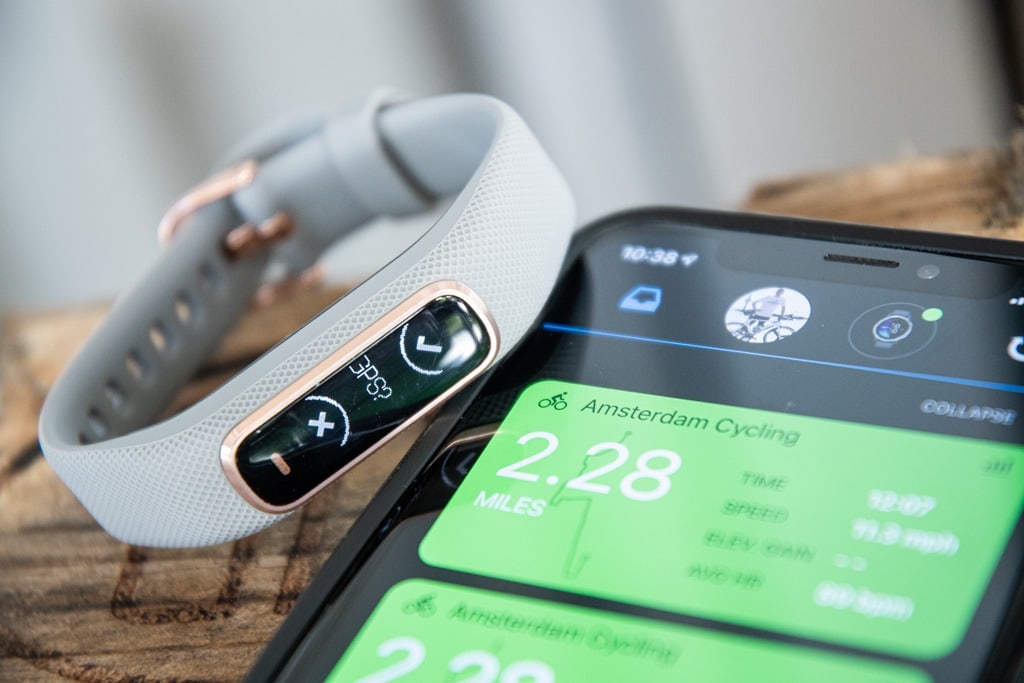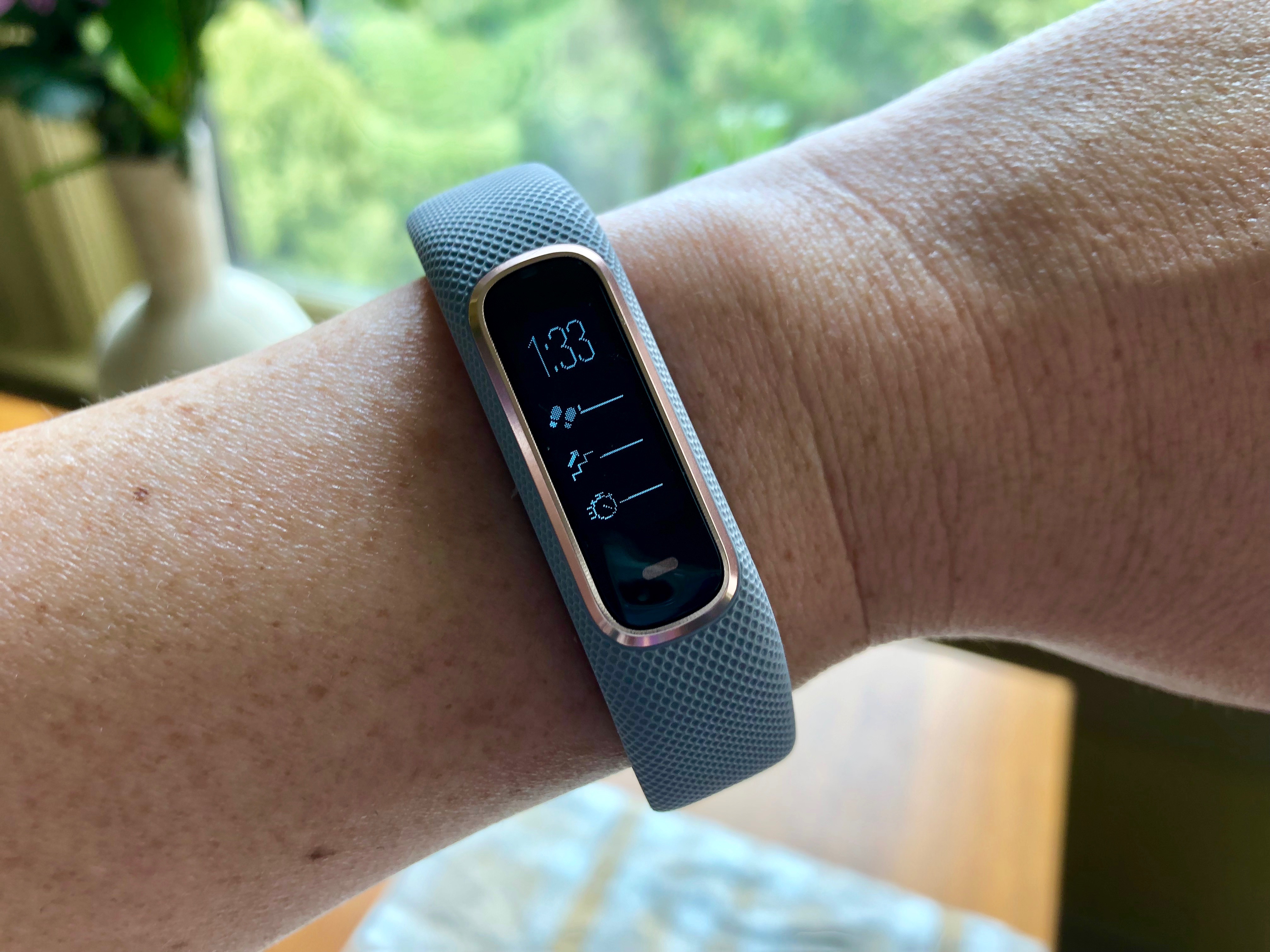

In my case, I just did a commute to the office as my test. In fact, you’ll see distance as well as speed for cycling as options within the configurable data fields on your smartphone:Īnd while out riding (or whatever it is you do), you’ll see that metric here as well. Simply double-tap like normal to start the workout.Īnd then at this point you’re off and recording like normal, now with heart rate and GPS for distance. It might take a few seconds, and in some cases I had to open my phone up for it to make the initial connection, then I could stick it in my pocket.Īfter confirming it’s connected you’ll see a small phone icon next to your sport, indicating the connection to your phone for connected GPS. If you choose ‘Yes’, it’ll go ahead and ensure it can connect to your phone. So, I selected cycling for my ride to work:Īfter you’ve selected your sport on the device itself, it’ll ask you whether you want to “Use Phone GPS?”:
GOOGLE MYTRACKS WITH VIVOSMART UPDATE
You’ll then choose your sport (remember you defined those within the app under More > Garmin Devices > Activity Options), which is a good time to point out that as part of this same firmware update (4.00), Garmin has added cycling as an activity. To use the connected mode you’ll go to start a workout like you normally would by tapping the little runner man (or woman) icon. You’ll need the latest version of Garmin Connect Mobile on there in order to see the new connected GPS features.Īnd that’s it, there’s nothing else to do or configure.
GOOGLE MYTRACKS WITH VIVOSMART ANDROID
In any event, assuming you’ve got your wearable all updated, also go ahead and make sure your iOS or Android app is updated too. This would be the first time this device got to experience the wilds of outdoors. But today….today it was called into duty!Īnd in fact, it’s exactly why I go out and get my own units after returning the loaner ones – for posts like these (and comparison shots in reviews).

It’s been living its life from box to box, ultimately now in a clear Rubbermaid container on a shelf next to dozens of other containers. The above screenshot was the highlight of my little Vivosmart 4’s life. You’re looking to be on firmware version 4.0 or higher. Garmin’s smartphone app has likely already done that for you in the background in the last week or so, but you can force the issue using Garmin Express on the desktop with the charging cable. In the case of the Vivomove 3 it comes with the required software, whereas if you’ve got the Vivosmart 4, you’ll need to update the firmware. Setup is silly easy, but first you’ll want to make sure your device is fully up to date. Or more specifically, a whirl on this morning’s bike commute. Since this is something that many people have been asking about for years, I figured I’d give it a super quick whirl around the block. Which, by the way, is a good time to note that Garmin also now added in cycling as a sport to the Vivosmart 4 too. This is especially notable with cycling, since it can’t instead use the accelerometer like it can for walking/running activities. This allows you to not only record a GPS track leveraging your phone’s GPS capabilities, but also get/see speed and distance on your wearable, despite not having any sensors or GPS in the unit itself. This functionality follows with what Fitbit added many years ago for their GPS-less wearables, under the ‘Connected GPS’ name as well. The functionality essentially gives these wearables GPS, as they don’t have GPS chipsets inside already. I don't know if you have seen the amazing Mytrack update, but it allow to send a kml file to Google Earth app and display it inside the Google app (if installed, of course).īut I cannot find the way to achieve such a thing.Last week Garmin ever so quietly added so-called ‘Connected GPS’ functionality to the Garmin Connect Mobile application, while concurrently releasing a firmware update for the Vivosmart 4 (which came a year ago), as well as incorporating it into the base Vivomove 3 announced last Thursday.


 0 kommentar(er)
0 kommentar(er)
